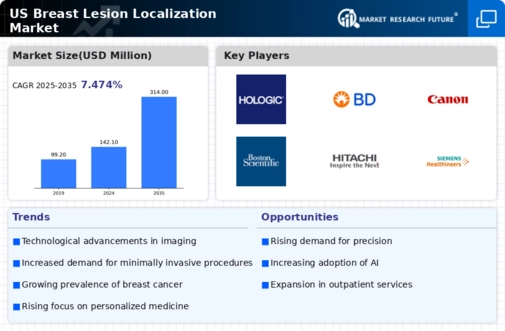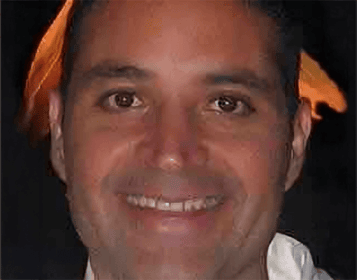The competitive landscape of the US Breast Lesion Localization Market presents a dynamic scene characterized by a mix of innovation, strategic partnerships, and a sustained emphasis on patient-centric solutions. The market has seen significant advancements in technology and procedures, aiming to enhance the accuracy of breast lesion localization, thereby improving patient outcomes.
Key players in this market focus on product development and expanding their market share through novel techniques, including radiofrequency identification and wire localization, which remain crucial for precise surgical interventions. Regulatory developments and evolving healthcare benchmarks also impact competitive strategies, with companies striving to stay ahead by refining their offerings and responding to emerging trends in surgical practices.
Hologic stands out in the US Breast Lesion Localization Market with its robust presence fueled by their commitment to advancing women's health through innovative products. The company’s strengths lie in its broad portfolio of diagnostic imaging and surgical devices, particularly in breast health technologies.
Hologic's products, including localization systems and guiding tools, have been embraced by healthcare providers for their precision and effectiveness. The company emphasizes research and development, enabling it to consistently launch cutting-edge technologies that cater to the needs of medical professionals and patients alike.
Furthermore, Hologic's strong marketing strategies and partnerships with healthcare institutions across the United States enhance its visibility and credibility in the market, bolstering its competitive position.
C.R. Bard has made a significant mark within the US Breast Lesion Localization Market, showcasing its strength in developing and offering a range of medical devices tailored for effective lesion localization. The company is known for its comprehensive product lineup, including advanced localization wires and systems that facilitate accurate targeting during breast surgeries.
C.R. Bard’s commitment to innovation is reflected in its ongoing research efforts and strategic mergers and acquisitions that aim to strengthen its market standing. By integrating new technologies and expanding its product offerings, the company effectively addresses evolving healthcare needs.
C.R. Bard’s established reputation within the medical community and robust distribution channels contribute to its market presence, while its focus on quality and customer service reinforces trust among healthcare providers, positioning it favorably within this competitive landscape.




















